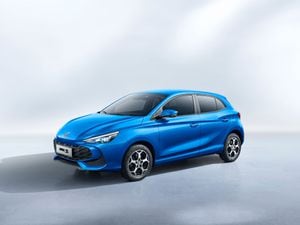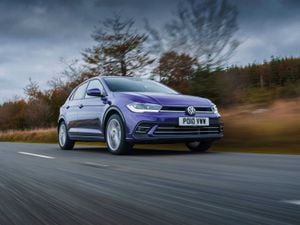What is the new Skoda Kodiaq going up against?
The new seven-seater has plenty of rivals, but which ones should you be looking at?
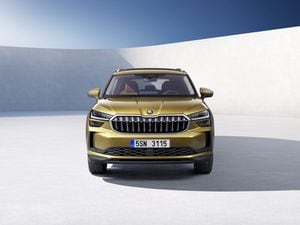
Skoda’s Kodiaq has established itself as one of the best-value seven-seater SUVs on the market and now, there’s a new one. Featuring a host of upgrades and tweaks over the previous model, it’s likely that this new Kodiaq will prove just as popular as the car it replaces.
But the Kodiaq still has plenty of rivals to go up against from a number of different manufacturers. Let’s see what they are.
Land Rover Discovery
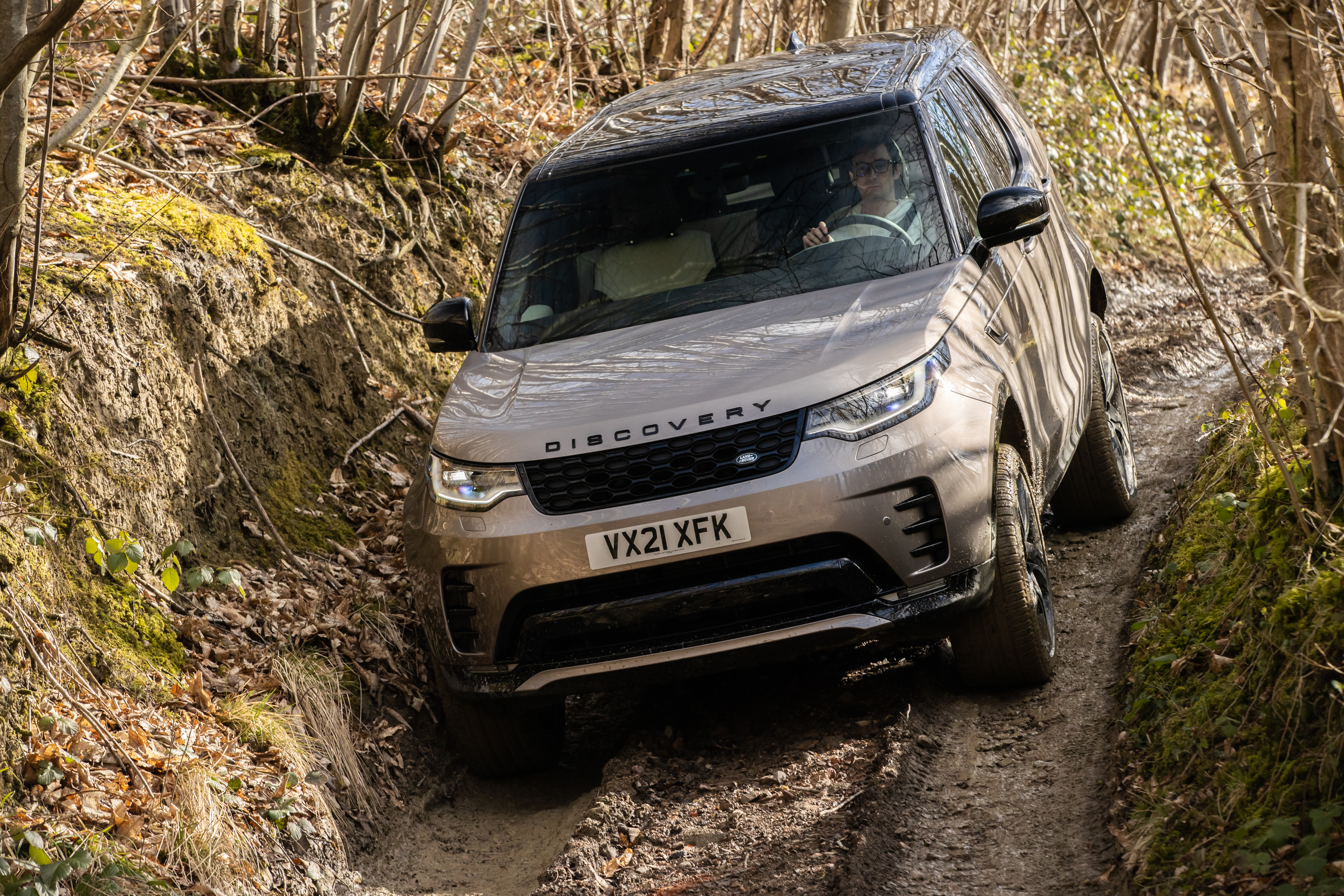
>
The Discovery continues to be one of the most family-friendly models in the JLR range, despite the arrival of the Defender which has a slightly more adventure-ready aesthetic to it.
But the Discovery remains a very strong option thanks to its great levels of in-car technology and large, spacious cabin. With JLR’s Terrain Response system, the Discovery can venture far off the beaten track, too.
Mercedes GLB

>
The Mercedes GLB is quite an under-the-radar seven-seater. From the outside, it looks relatively compact but thanks to some clever packaging it’s able to offer three rows of seats. Plus, because the GLB is quite boxy in design, everyone gets a decent amount of headroom.
There are some efficient yet punchy engines, while a range-topping AMG version adds some extra pace to the GLB package.
Volvo XC90
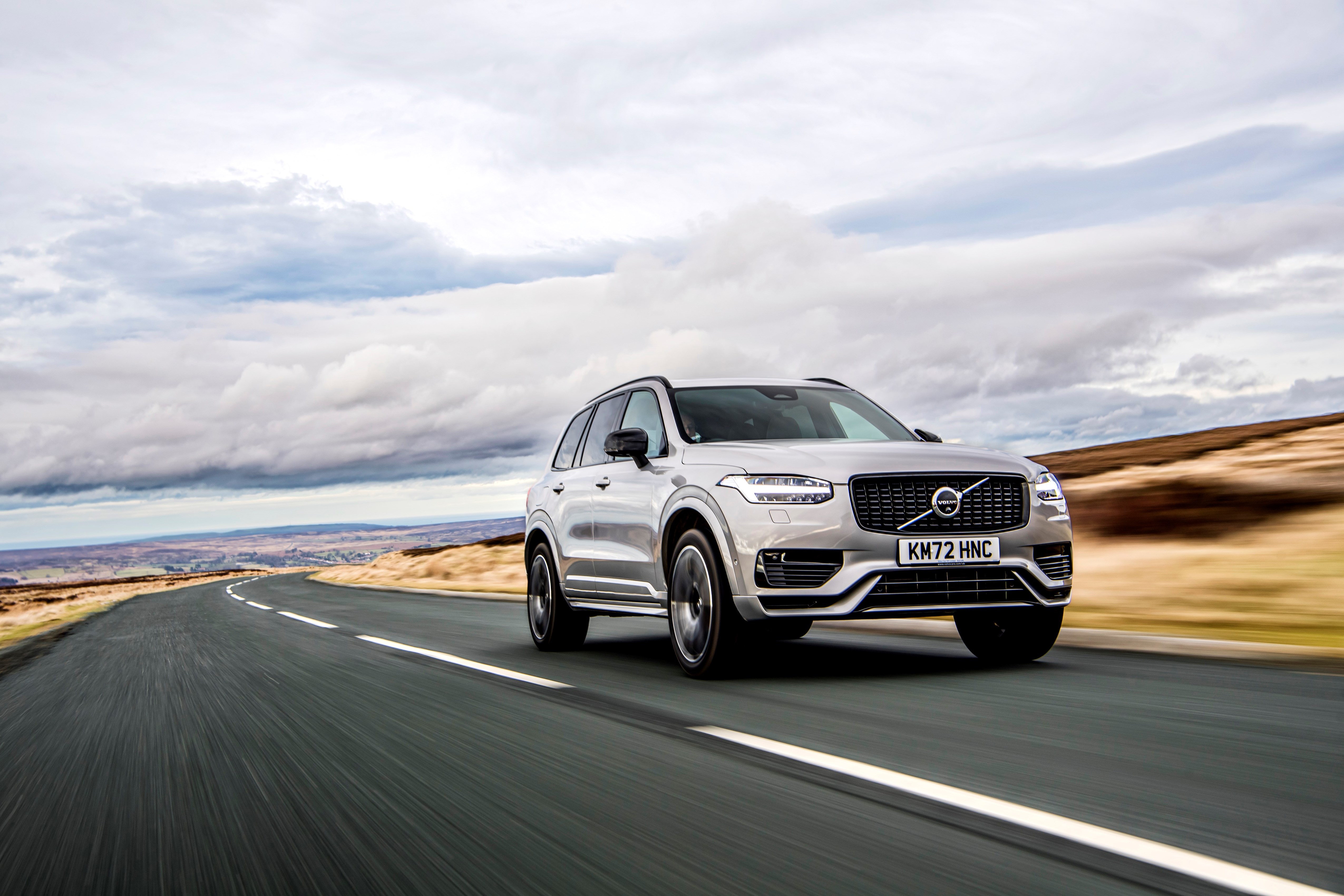
>
The XC90 is one of go-to models in the family seven-seater class, owing to its solid build quality and variety of safety assistance systems. On a more basic level, it’s got loads of space while its folding mechanism for the seats is simple and easy to use.
The XC90 can also be equipped with a clean-running plug-in hybrid setup which allows for plenty of zero-emissions miles before the petrol engine has to kick in.
Dacia Jogger

>
Appealing to those on more of a budget, the Dacia Jogger is a car which does a lot for not a lot of money. It’s a true seven-seater and is practical and spacious inside. The rearmost row of seats can also be lifted out easily, freeing up loads of boot space.
Dacia recently added a new hybrid setup to the Jogger, too, enabling lower running costs while bringing a touch more power than the standard 1.0-litre engine.
Hyundai Santa Fe

>
Hyundai has come on leaps and bounds in recent years, with its largest SUV – the Santa Fe – being a great example of how far it has gone. It’s a seven-seater which is packed with great tech, all tied together with a premium-feeling interior.
All rows get a decent amount of legroom, too, but it’s the standard equipment which is so compelling on the Santa Fe. Hyundai has revealed a new generation of Santa Fe, but it’s unlikely to be available for a little while and this current version, in the meantime, is still a great choice.
Nissan X-Trail

>
Nissan’s latest X-Trail is even more premium-feeling than ever, with a chunky go-anywhere design which appears to hark back to the blocky ‘original’ X-Trail. But this is all held up by a cabin which is really well appointed and spacious, too.
The X-Trail is also available with some of Nissan’s latest hybrid powertrains which help to keep running costs lower than you might expect.
Peugeot 5008

>
Finally, we have the Peugeot 5008. Recently updated, it’s sharper-looking than ever but it’s still got the same fundamentals that made the original so popular, namely a spacious interior which appears to have been designed directly for families.
The new 5008 is available with a hybrid engine setup, too, which helps to reduce fuel consumption ‘by 15 per cent’ according to Peugeot.

